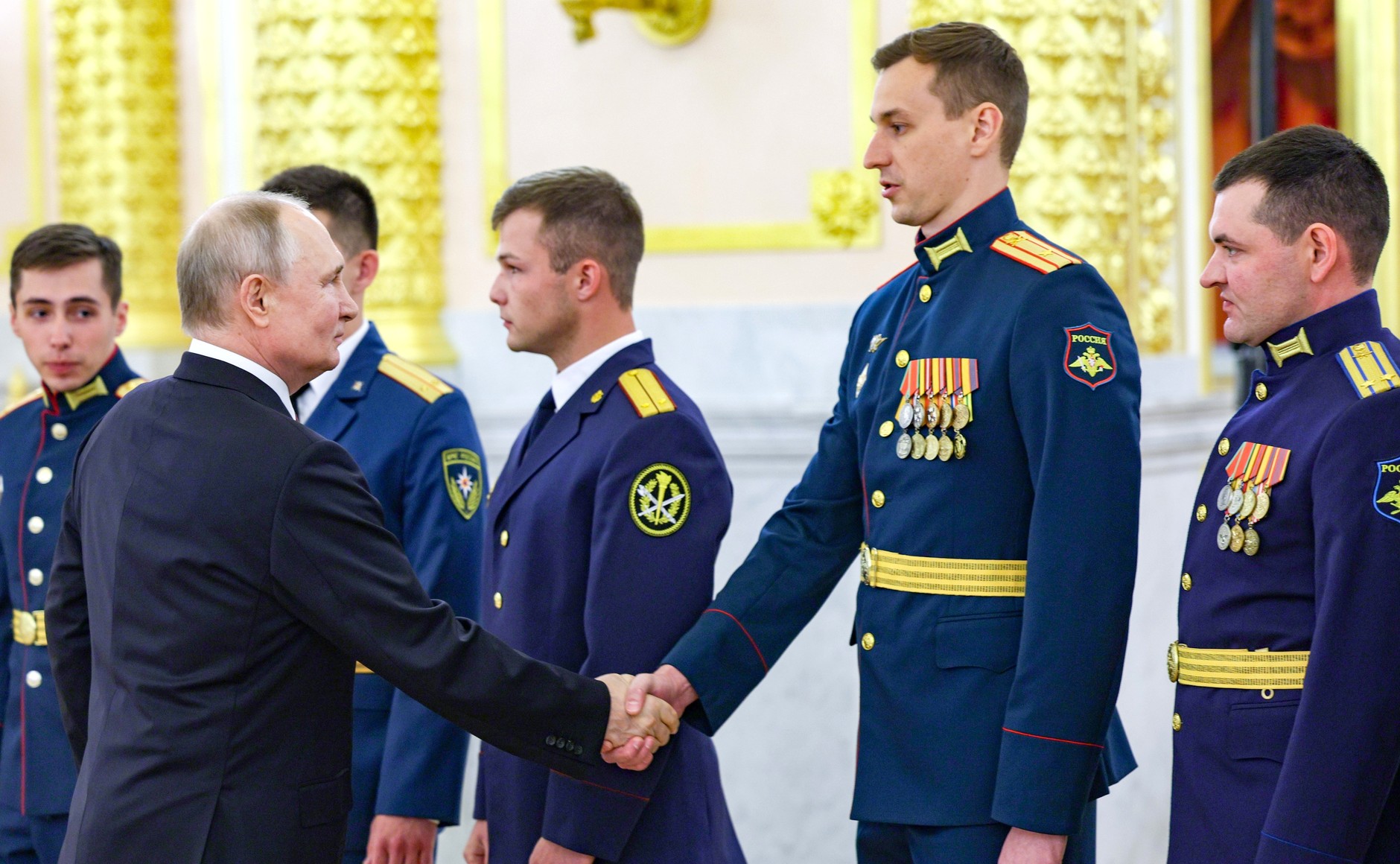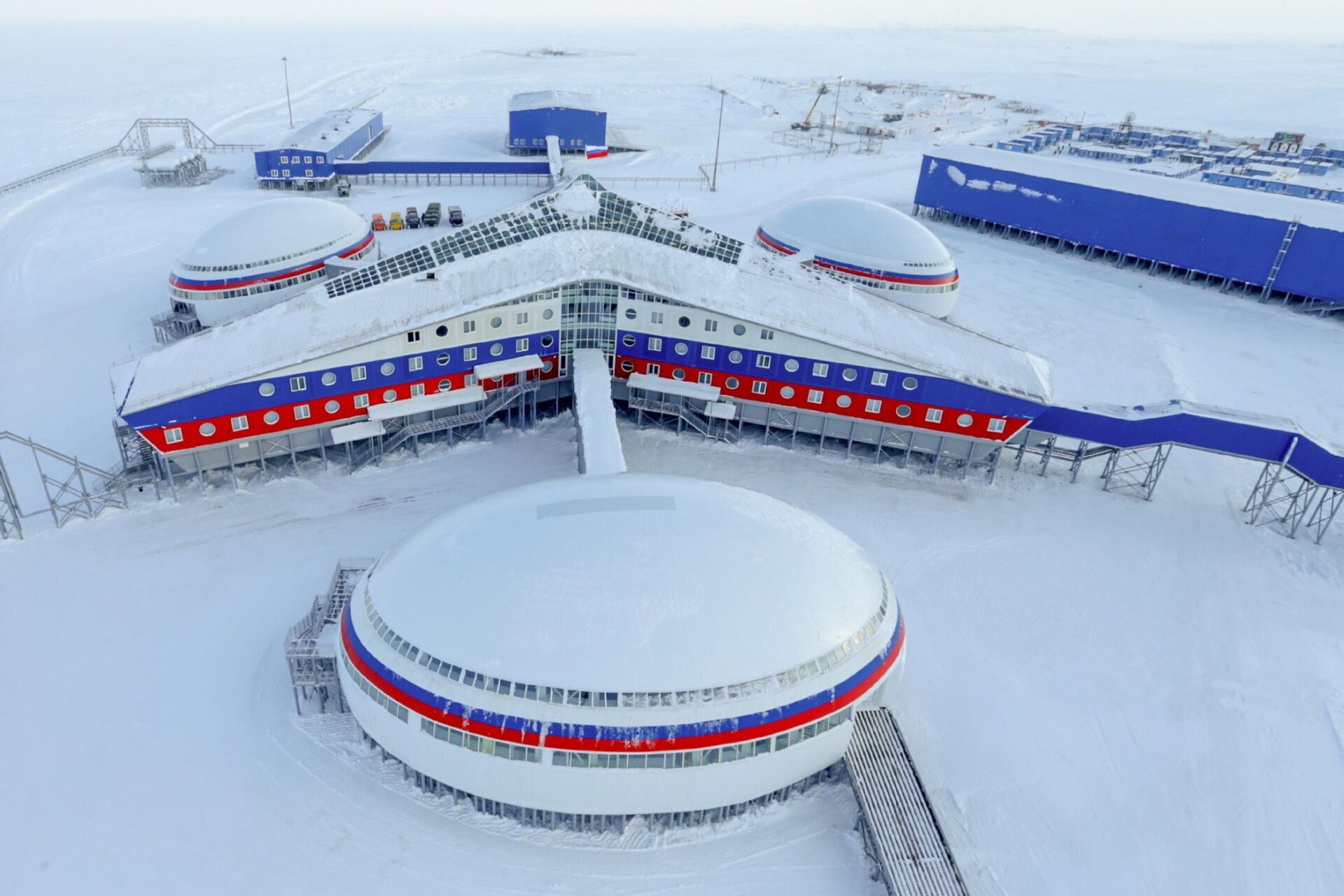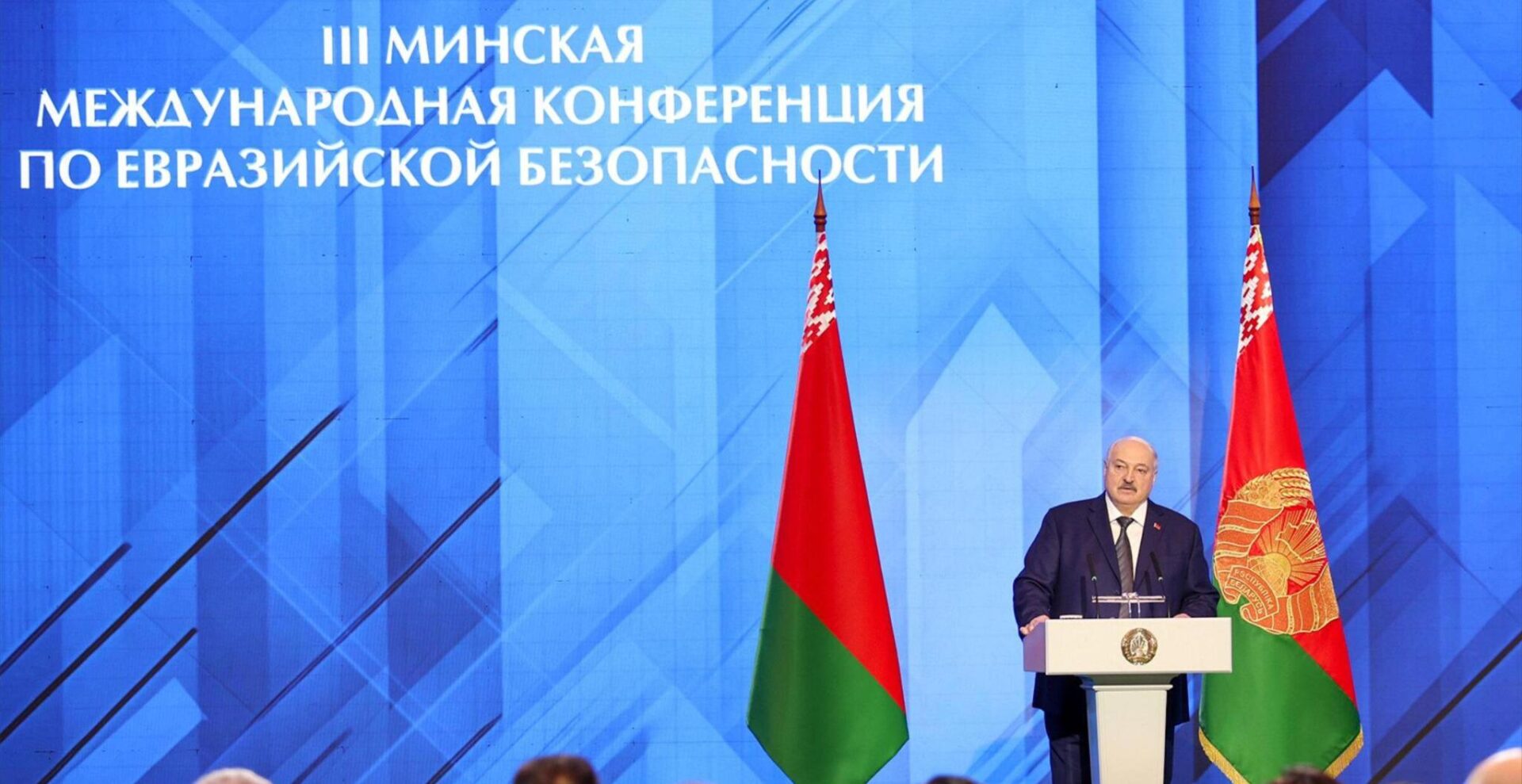
Russia Faces Significant Future Deficit in Officers Corps
Russia Faces Significant Future Deficit in Officers Corps
Executive Summary:
- Russia aims to increase its armed forces to 1.5 million personnel, largely to justify higher military spending. The Kremlin, however, faces difficulties achieving this target, as the war in Ukraine continues to cause tremendous casualties, rapidly depleting Russia’s supply of manpower.
- Despite stable enrollment numbers in military academies and recruitment from civil universities, Russia continues to struggle with a shortage of low- and mid-ranking officers. The temporary growth of the officer corps, fueled by the “partial” mobilization, may reverse once mobilization ends.
- Moscow is expanding military schools and programs for children and teenagers, aiming to create a Soviet-style military system that can be quickly mobilized despite the technological weaknesses of Russia’s military-industrial complex.
On September 16, Russian President Vladimir Putin announced that the number of personnel in the Russian Armed Forces should be increased to 1.5 million people—180,000 more troops than the number reported in December 2023 (Kremlin.ru, September 16). This personnel goal, however, was announced as early as December 2022 by then-Russian Defense Minister Sergei Shoigu. This time around, it is mainly related more to budgetary issues rather than to the actual number of soldiers and officers the Kremlin seeks to have in its armed forces (Kremlin.ru, December 21, 2022; see EDM, January 6, 2023). A larger military means Moscow can justify and ensure increased military spending for a longer period. As a result, the Russian national defense budget for 2025–26 will likely grow. Nevertheless, this raises the question of Russia’s capacity to actually increase the number of its armed forces, not only on paper. As the “long war” continues and Russia accumulates more casualties, the Kremlin will be forced to find other sources of manpower to fuel its war machine.
The most challenging obstacle in this endeavor is the lack of low- and mid-ranking military officers in the Russian military. The Russian High Command has been trying to increase recruitment in military colleges, institutes, universities, and academies since the second half of the 2010s. These tactics alone, however, will not solve the manpower issue for the foreseeable future (The Moscow Times, April 17, 2019). Thus, the Russian military leadership is trying to recruit more future officers from among the students at civil universities and among the existing contracted soldiers and non-commissioned officers (NCOs) (The Moscow Times, April 25, 2023). For a time, the Kremlin also increased the number of military schools for kids and teenagers (The Moscow Times, September 13). Currently, the number of officers in the Russian Armed Forces is growing primarily because of the “partial” mobilization regime still in place. The Kremlin, nonetheless, aims to build armed forces that can be quickly expanded, similar to the Soviet army of the 20th century.
Despite the ongoing war, the number of students in the 41 military universities, academies, institutes, and colleges, as well as their branches in Russia, seem to be relatively stable. By the 2020s, about 60,000 students were enrolled and more than 60,000 in 2022–23. Similar numbers are likely to be reported in September 2024. Although the artillery college in Saratov in 2024 opened with an admission of 291 students—138 of whom have already taken part in the war against Ukraine as soldiers, sergeants, and NCOs—the number of those enrolled overall has not changed much (MK.ru, August 29, 2019; Rvvdku.mil.ru, September 1, 2022; TASS, September 5, 2023, August 30).
Reduced academic requirements for applicants could be one explanation for the unusual stability. The minimum passing scores in military universities are lower than those in the regional civil universities and significantly lower than those in the civil universities of Moscow and St. Petersburg (Redstar.ru, December 18, 2020; Vuz.mil.ru, accessed September 19). The stable number of students could also be explained by the fact that the number of those enrolled may include those who participate in the shortened, six-month second lieutenant and lieutenant programs for contracted soldiers with civil university degrees. This means the number of lieutenants and second lieutenants who graduate from military universities in the coming three to four years will remain stable, at around 12,000–13,000 a year (Izvestiya, October 11, 2018; Stat.mil.ru, August 29, 2019; TASS, June 19, 2021).
Today, most officers who would usually retire after 10–15 years of military service cannot do so due to the partial mobilization regime. Before 2022, the number of retiring officers could be assessed as comparable to those graduating from military universities. Therefore, the Russian officer corps is currently growing despite heavy combat losses. When or if the partial mobilization regime is finished, however, the Russian Armed Forces will face a significant drain in their officer corps.
Besides military colleges, universities, and institutes, the Kremlin has increased the number of military training centers in Russian civil universities. By the end of 2024, there will be 137 of these centers. Although the last known number of students who studied in these centers exceeded 60,000, most became reserve officers, NCOs, and soldiers and would only serve in the armed forces in the case of full mobilization. Only 30 military training centers train students for active military service in officer positions immediately following graduation, and just several hundred such young officers come out of these programs each year (Minobrnauki.gov.ru, November 22, 2023; TASS, December 19, 2023; Vuz.mil.ru, accessed September 19).
Russia has also extended the number of military schools, Suvorov and Nakhimov military schools, presidential cadet schools, and cadet corps. Over the past decade, the number of such schools for children and teenagers increased from eight to 33, and the number of pupils enrolled increased from only a few thousand to 16,000 (Rvvdku.mil.ru, September 1, 2022; Ens.mil.ru, accessed September 19). Moreover, only a single cadet class appeared in tens of civil schools all around Russia. In the case of the stability of Russian authoritarianism in the coming years, this ongoing militarization of the education system would create a basis for restoring the Soviet-style model of the armed forces. Such a model can be enlarged and deployed fast in case of mobilization despite the objective technological weaknesses of Russia’s military-industrial complex (see EDM, August 23, 2023, February 13, September 9). In the short term, the heavy loss of officers combined with the poor quality and professionalism of the incoming ones will likely lead to the further degradation of the Russian forces currently fighting in Ukraine.


